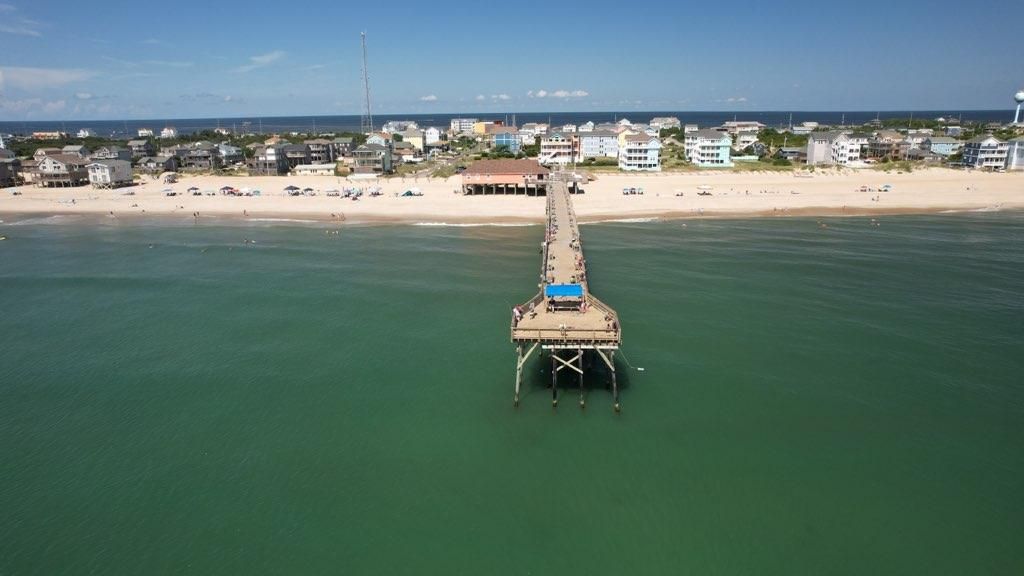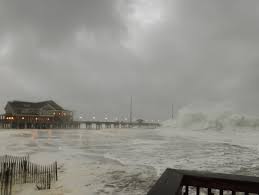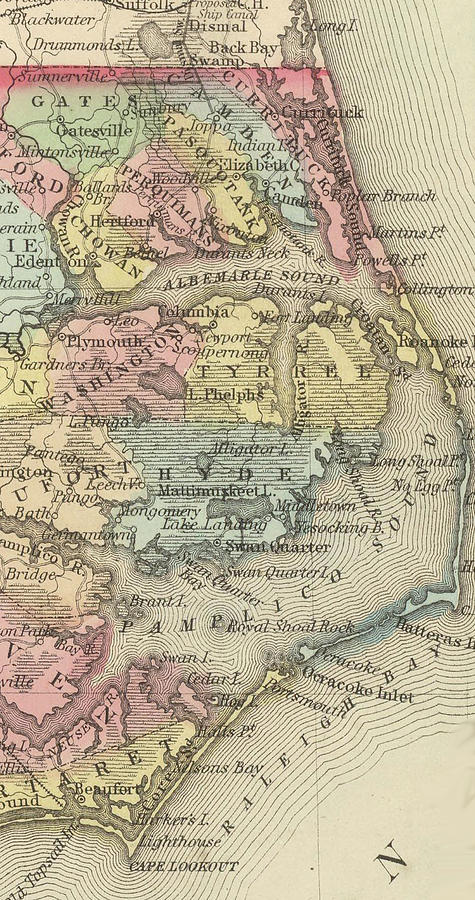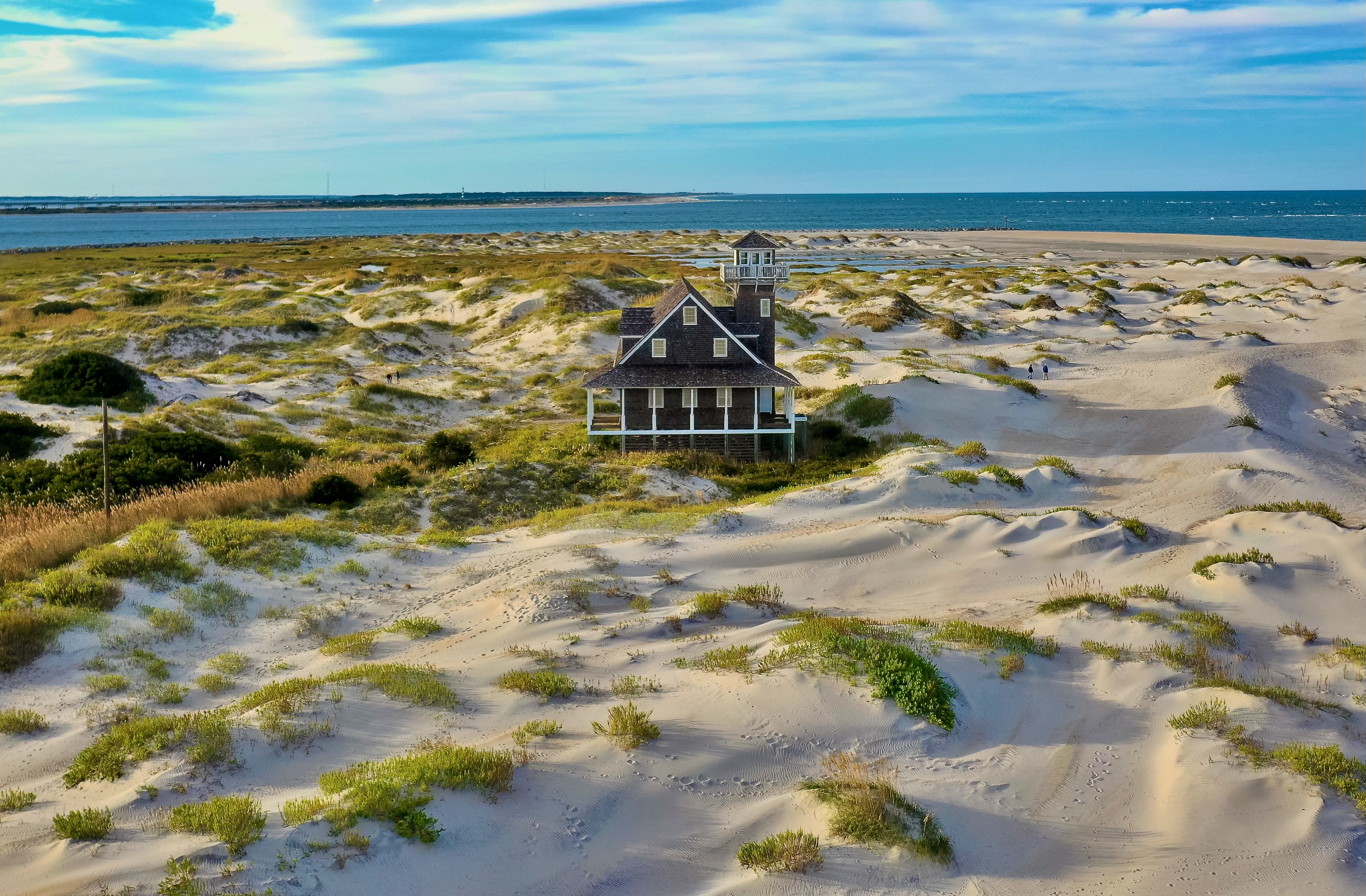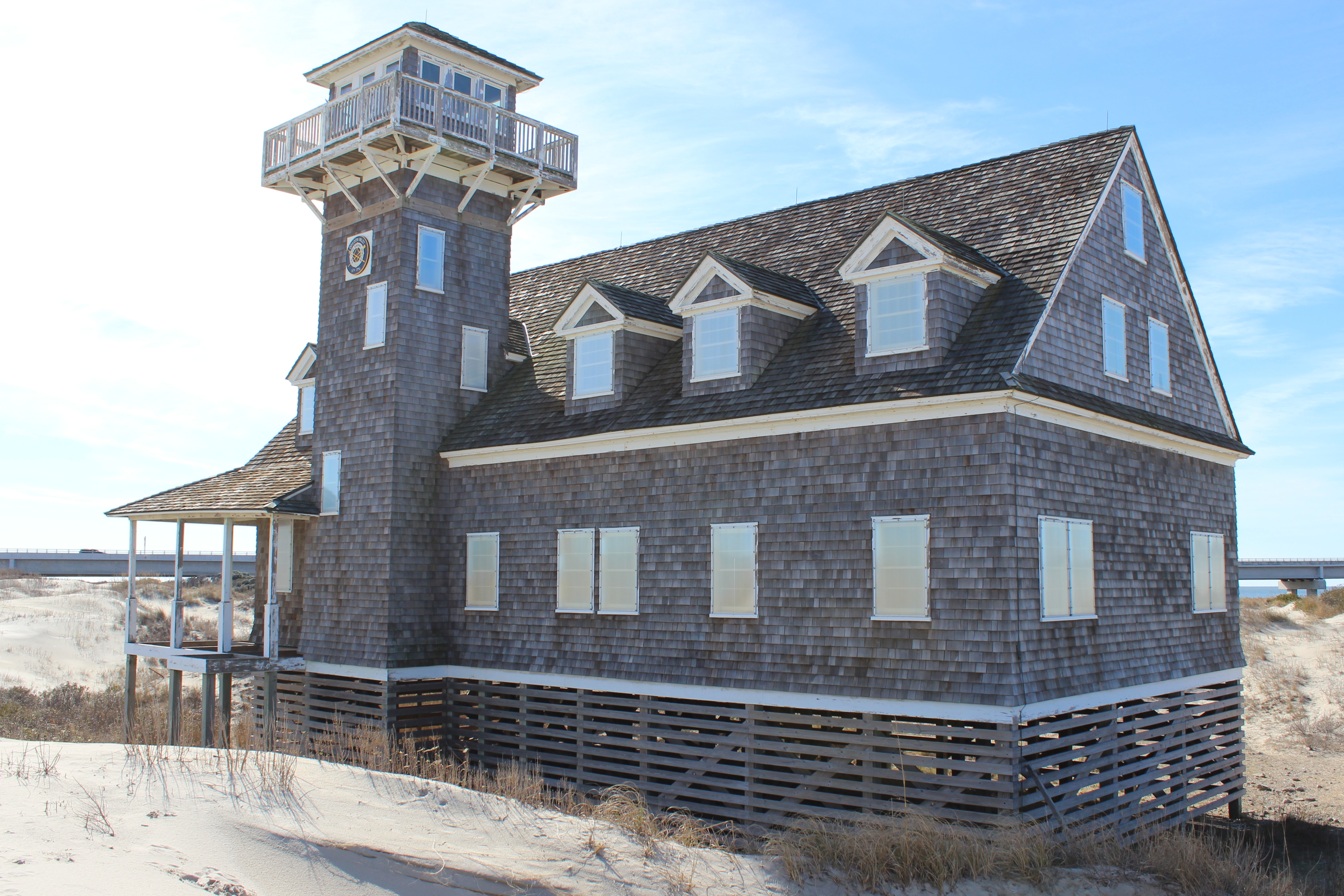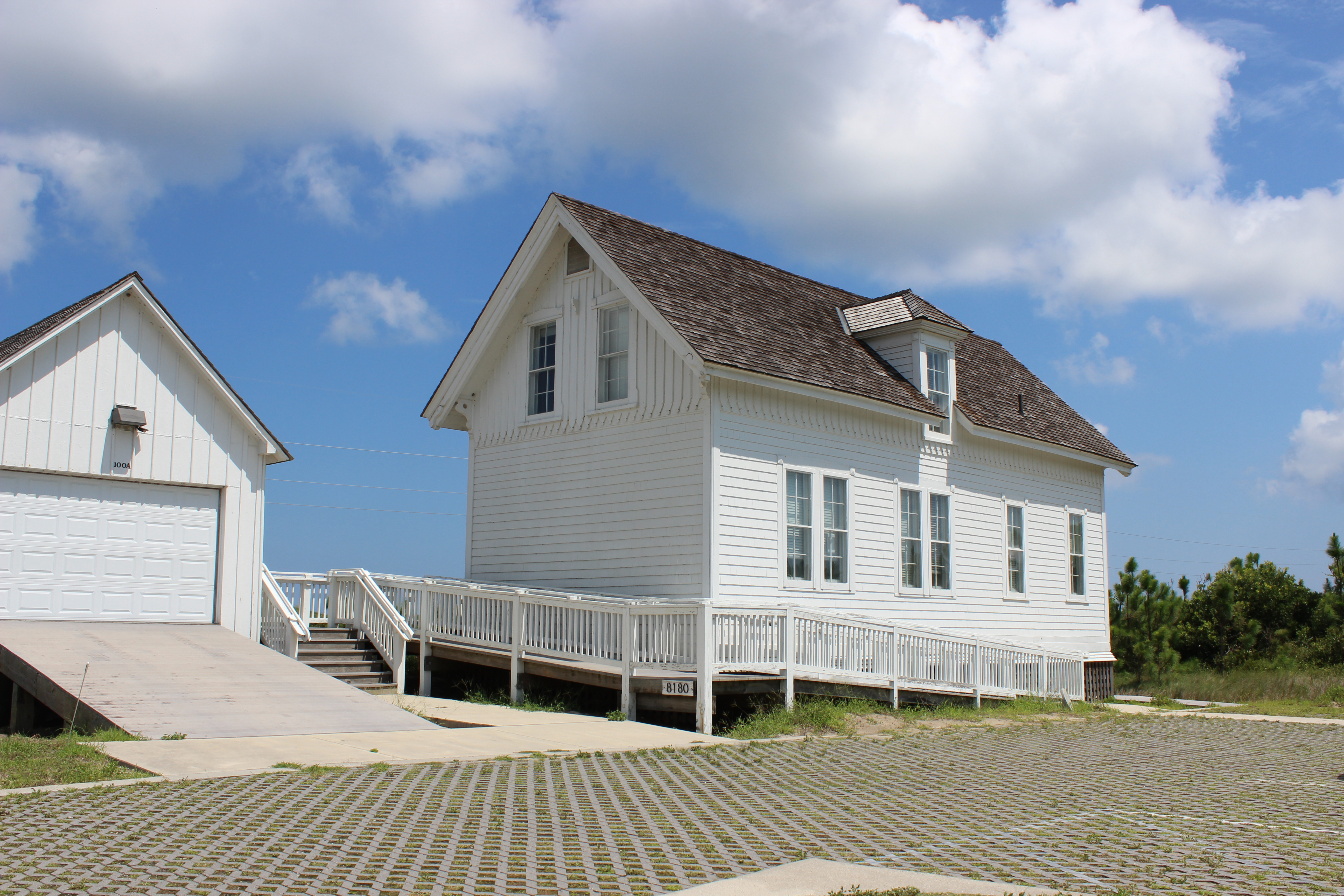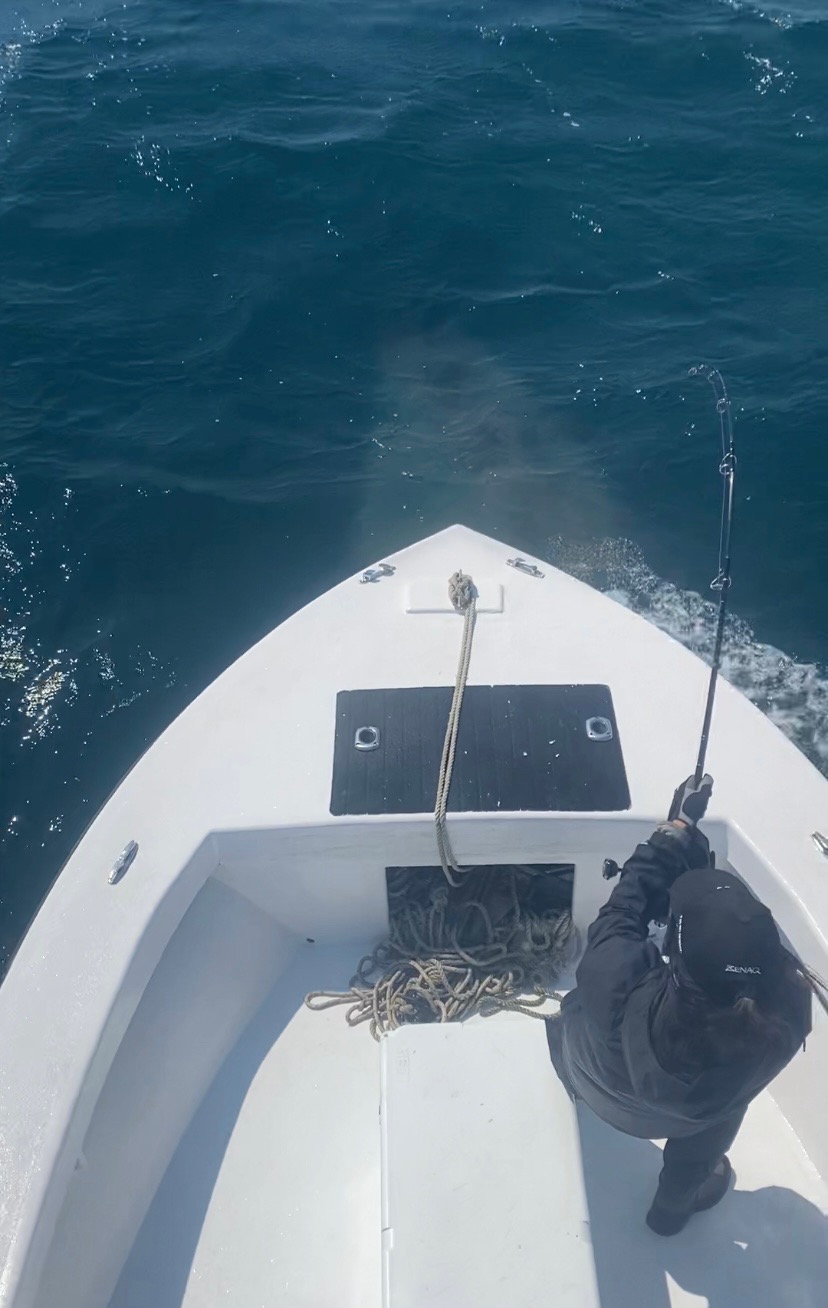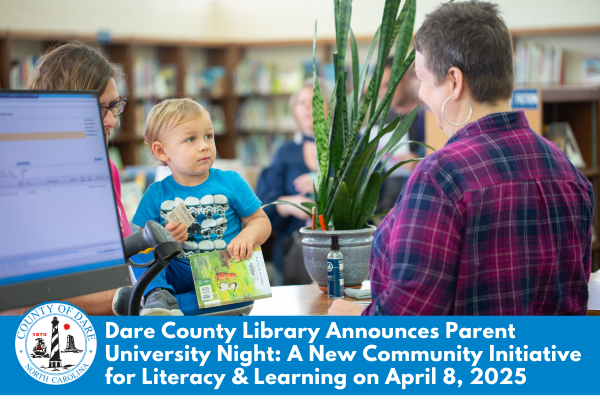Starry Nights Hatteras: Mars Explorer Mission Launches from Hatteras Village

The 5th annual Starry Nights returned to our wintery island on Saturday, February 15, at the Hatteras Village Community Building. This year, organizers were seeking volunteers of all ages to participate in astronaut training for the 2020 theme, “Mars Explorer Mission.”
The event was sponsored by the Hatteras Village Civic Association, and spearheaded by Alana Harrison, who said she chose the theme “Mars Explorer Mission” due to the research that NASA is doing on Mars, which has garnered news headlines. The event was coordinated in conjunction with the Morehead Planetarium and Science Center from UNC Chapel Hill. Educators from the center brought a mobile planetarium theater, guided hands-on science activities, and also brought along telescopes. There were several STEM (science, technology, engineering, math) activities for children of all ages geared towards their natural curiosities towards space, the moon, and
mars. The activities were guided by astronomy educators Nick Eakes, Solomon Starling, and Cat Frazier, from the Morehead Planetarium and Science Center.
Solomon Starling, Science Education Programs Coordinator, enthusiastically said, “We just wanted to come out and serve the Hatteras Community, especially in the off season. As educators, we want to inspire people to pursue the STEM fields. The especially dark night skies of Hatteras is just a plus!”

The event kicked off with planetarium movie showings at 2:30 p.m., 3:30 p.m., and 4:30 p.m. of “Astronaut,” narrated by Ewan McGregor, and produced by the National Space Center. “Astronaut,” when shown in the mobile planetarium, takes you on a high definition digital video exploration that encompasses the entire dome in surround sound. Viewers experience a rocket launch from Earth to space, and inside the body of an astronaut. They virtually explore inner and outer space, as well as maneuvering around the International Space Station, and inside various areas of the human body otherwise only visible by microscope. This video is an intricate exploration of what it takes to be an astronaut, and a great virtual adventure for children of all ages.
The educators guided children through a host of hands-on “Science on Your Street” activities. Each activity promotes STEM fields like engineering design, chemistry, and physics, which nurture the natural curiosity children have to explore the world around them. Stations were set up throughout the center with activities such as “exploring moon sand,” and the difference between gravity on the moon verses gravity on Earth, in a way that the entire family could understand. “Exploding Mars Rocks” was a crowd pleaser, featuring a look through the surface matter of planet Mars for a rock, and then using the properties of chemistry to allow participants to create a reaction of fizzy, bubbling exploding rocks, and learn why the reaction happened.

Those attending were also encouraged to design a postcard that will actually go to space and back aboard Blue Origins New Shepard rocket! When crew members return from space, they will mail the postcard back to the designer’s return address, officially stamped, “Flown to Space.” One child exclaimed in excitement, “We get to use crayons and stickers, and our signature!”
Booths set up with crafts that explore properties of physics, like gravitational pull, in a straight-forward way like Spin Art were set up alongside an array of swag such as stickers, pens, and star charts, comingled among posters with fun facts and informative photos about mars; what the surface is like, the weather, gravity on the surface compared to gravity on Earth, and how NASA learns about Mars using spacecraft and the rovers “Opportunity” and “Curiosity,” (aptly named.)
An astronaut-themed dinner was just as exciting for families attending the event and was provided by Harbor House Seafood Market. Scratchmade Snackery of Hatteras Village added creative desserts, including Cinnamon Asteroids, Galaxy Clouds, and Astronaut Cake, which were, of course, big hits! The dining area and entire center were creatively decorated to look otherworldly, and to inspire imagination, curiosity, and creativity.
After dinner, the brave ventured out into the crisp, cold night air of Hatteras in February to set up telescopes at the Sandy Bay beach access, which was recommended as the “darkest area in the park,” in hopes of seeing Venus before the sun completely set.
Solomon Starling and Nick Eakes enlightened the crowd with a laser-guided tour of the winter cosmos. Focusing initially on up-close views of Venus, complimented with fun facts about the cyclical nature of Venus compared to our very own moon, the educators moved on to the brightest star in the winter night sky, Sirius, (the Dog Star and part of Canis Major star constellation), with enthusiasm that matched the amateur astrologers in the crowd. Next, they viewed Betelgeuse, the second brightest star in Orion, with its distinct reddish hue that’s indicative of its ancient age, as well as the Orion Nebula, the closest stellar nursery to Earth, in the same constellation. A look through the telescope revealed a beautiful veil of gas and dust shrouding the star birth. The other of the two telescopes was simultaneously set to view the “Seven Sisters,” which are actually hundreds of stars known as the Pleiades, or the “pack of fleas” on the back of Taurus. Nick and Solomon zealously gave a grand tour of our night sky with loads of enjoyable astronomy facts.

Alana Harrison of the Hatteras Village Civic Association, who has claimed the Hatteras Starry Nights event as her pet project, was worried that the event may be cancelled this year due to the three-year grant from the Tourism Board ending. A member of a fishing family herself, Alana Harrison was proactive in lobbying for the HVAC to sponsor the event, so it would remain a free event for Hatteras Island families during the off-season. She dutifully explained, “I didn’t want it to be cancelled, or for kids and families not to be able to come because of money. [Starry Nights Hatteras] has become a tradition for several families. We see them coming back year after year. Especially, the homeschooled kids! They really love it, and more and more families are home-schooling. We want this to continue to be an event for the entire family, and it includes dinner!”
“My favorite part of the event is seeing whole families learn about science together,” said Nick Eakes. “The beautiful Hatteras Sky is such a great backdrop to connect us to the universe and help us continue questioning and exploring nature. I hope that this event helps community members get more excited about looking up at and investigating this sky that we all share.”






